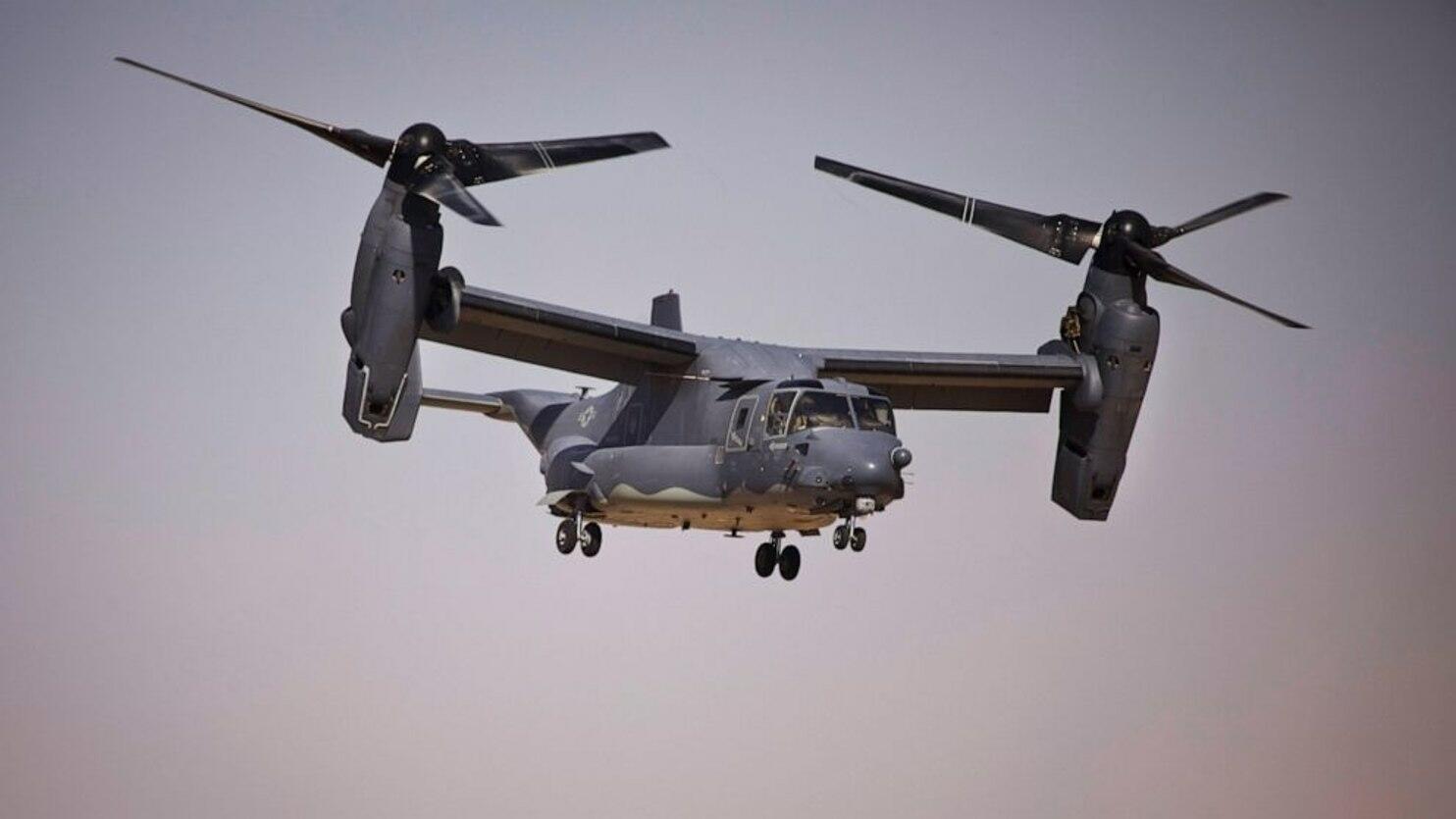A tragic incident unfolded on Sunday when a United States Marine Corps aircraft, carrying 23 Marines, crashed on a remote northern Australian island during a multinational training exercise. The crash resulted in the loss of at least three lives and left five individuals critically injured, according to official statements.
The ill-fated incident occurred around 9:30 a.m., as a Bell Boeing V-22 Osprey aircraft crashed on Melville Island. Tragically, three Marines were confirmed dead at the crash site, while five others were transported in serious condition over a distance of 80 kilometers (50 miles) to the mainland city of Darwin for urgent medical treatment. Recovery operations are currently underway, with the cause of the crash under investigation.
Melville Island is a part of the Tiwi Islands, which, along with Darwin, serves as the primary focus of the ongoing exercise involving 2,500 troops.
Efforts were undertaken to dispatch additional aircraft from Darwin to retrieve any further survivors from the remote location. However, as of the time of this report, no updates had been provided concerning the status of the remaining 15 Marines on board during the incident.
According to an audio recording broadcast by Nine News television, a U.S. military official communicated to Australian air traffic controllers that a “significant fire in the vicinity of the crash site” was evident.
Eyewitness accounts describe the heart-wrenching scene. Resident Shane Murphy, who was fishing on a nearby beach, recounted seeing a “big mushroom of black smoke” rise from the wreckage.
Northern Territory Police Commissioner Michael Murphy revealed that all those aboard the aircraft had sustained injuries.
As rescue efforts continued, one of the injured Marines underwent surgery at the Royal Darwin Hospital. Northern Territory Chief Minister Natasha Fyles expressed condolences and pledged assistance
“We acknowledge that this is a terrible incident,” Fyles said. “The Northern Territory government stands by to offer whatever assistance is require
Australian Prime Minister Anthony Albanese conveyed that only American service members had been harmed in the crash, which occurred during the Exercise Predators Run—a joint training initiative involving the military forces of the United States, Australia, Indonesia, the Philippines, and East Timor. Albanese extended his deepest condolences
“Our thoughts and deepest condolences are with the three U.S. service personnel who lost their lives, those who have been injured, the rest of the crew and indeed the entire United States armed forces,” Albanese said
Approximately 150 U.S. Marines are stationed in Darwin, with up to 2,500 personnel rotating through the city each year. This strategic presence is part of a broader realignment of forces in the Asia-Pacific region aimed at addressing regional challenges, including an increasingly assertive China.
The ongoing 12-day Exercise Predators Run, involving land, sea, and air operations, has been temporarily halted in the wake of the tragic incident.
The aircraft involved, the Bell Boeing V-22 Osprey, is a unique hybrid aircraft that takes off and lands like a helicopter but transitions to a faster airplane-like cruise during flight. Despite its innovative design, there have been several incidents involving Marine Ospreys since 2012, resulting in multiple fatalities.
Melville Island, where the crash occurred, is part of the Tiwi Islands and is mainly covered by tropical woodland. It’s Indigenous-owned land with a population of around 1,000, primarily Indigenous people.
The Marine Corps is still recovering from a similar tragedy in June 2022, when five Marines died in a fiery crash in California. Investigations attributed the crash to a mechanical failure related to a clutch, highlighting recurring issues with the Osprey’s design and operation.
A recent report discovered that there had been 16 similar clutch-related issues encountered by Marine Ospreys during flight since 2012. However, the report noted that no such problems have arisen since February, when the Marine Corps initiated the replacement of a specific piece of equipment on the aircraft.
The Osprey involved in the crash was one of two aircraft that had departed from Darwin and flown to Melville Island on the day of the incident, confirmed by Police Commissioner Murphy.
With a population of 150,000, Darwin stands as a substantial city within the context of Australia’s thinly inhabited tropical northern region. However, the occurrence of multiple casualty events has the potential to strain the resources of its principal hospital.
The medical facility has elevated its emergency response to the utmost level, a measure that might impact the treatment of medical cases of lesser urgency, as emphasized by Fyles.
During a multinational military exercise in July, the U.S. military found itself participating in another context. Tragically, this exercise witnessed the loss of four Australian personnel in an army MRH-90 Taipan helicopter crash off the northeastern coast of Australia.
The cause of the crash is still unknown
The cause behind the recent crash of the US Marine Boeing V-22 Osprey aircraft on Melville Island during the training exercise remains unknown. Investigations are currently underway to determine the underlying factors that led to the tragic incident.
According to available video the aircraft was witnessed pitching nose first violently towards the deck of a receiving vessel and then began to role slightly to the left as the pilot battled to keep the Osprey in a stable decent.
Initial comments have emerged from aviation enthusiasts stating it’s possible the aircraft experienced either an engine failure or flight surface control problem.
Officials have confirmed that the investigation is actively ongoing to ascertain the root cause of the crash. Despite the rigorous training and safety protocols in place, the complexity of aviation incidents often requires an intricate analysis of various factors.
The Bell Boeing V-22 Osprey aircraft is renowned for its hybrid design that combines features of both helicopters and airplanes. It can take off and land like a helicopter while transitioning to a faster airplane-like cruise during flight.
This unique configuration poses its own set of engineering complexities, making a comprehensive investigation imperative to uncovering any potential flaws.
As the investigation unfolds, the aviation community and the public alike await the release of the official findings. The families of the victims, as well as the broader military community, deserve to have a clear understanding of what transpired, ultimately contributing to the prevention of such tragic events in the future.
Details surrounding the incident, including the sequence of events leading up to the crash and any potential technical or human factors, will be carefully examined by experts and investigators. The insights gained from this investigation will not only bring closure to those affected but also contribute to enhancing aviation safety measures.
Until the investigation concludes and the findings are officially released, the aviation industry, military personnel, and the general public remain united in their hope for clarity regarding the circumstances that led to this unfortunate event.
The incident has cast a somber shadow over the multinational training exercise, emphasising the inherent risks associated with military operations and underscoring the need for continuous vigilance and improvement in safety measures.







